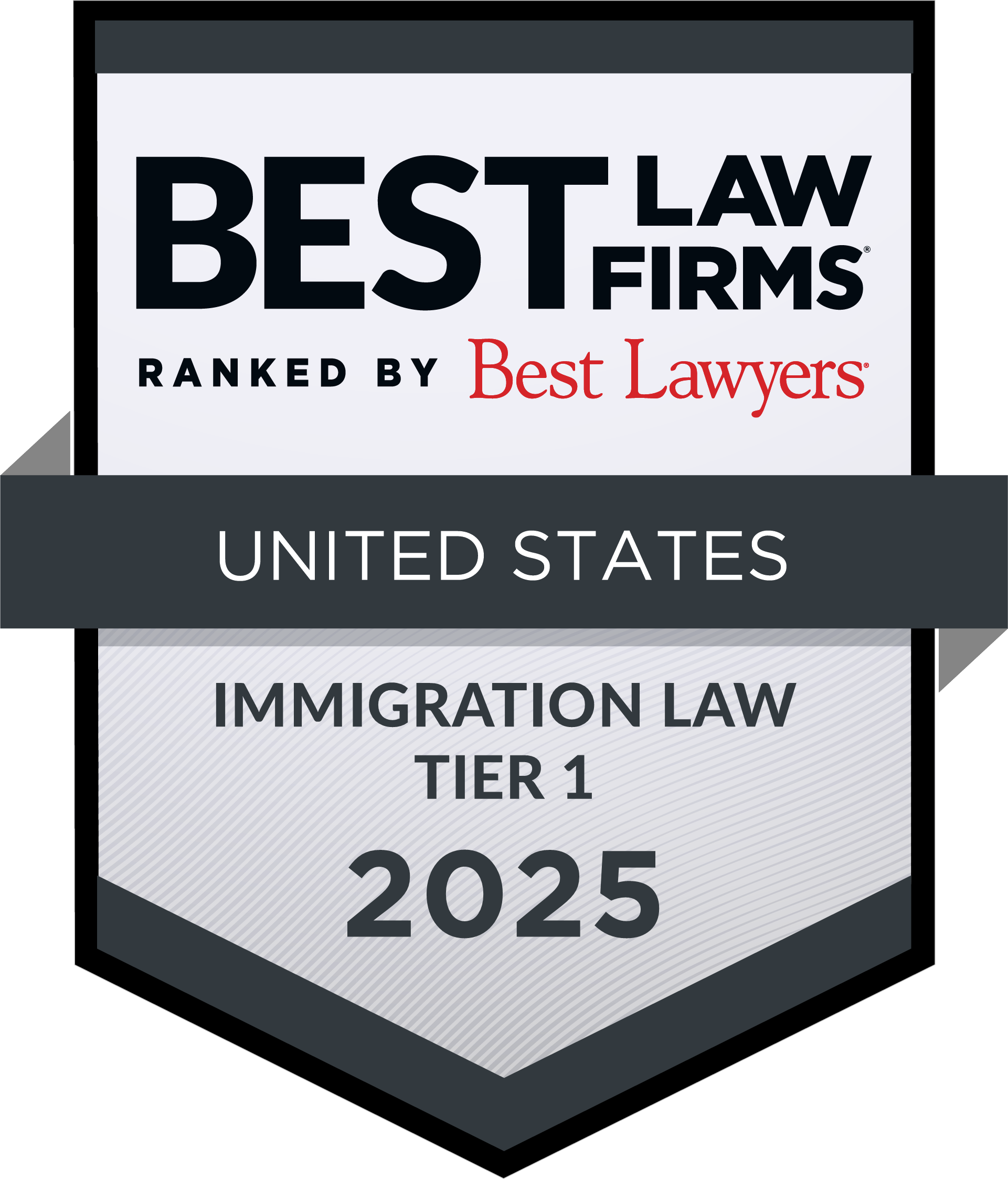Whether you are visiting the United States for an important conference or to attend a trade show, knowing what kind of visa you need can be confusing. It’s critical to understand that there are many different types of visas, so knowing which one is right for your circumstances is vital to ensuring the application process goes as smoothly as possible. As such, you may wonder what the differences between a B-1 and B-2 visa are, and which one is right for your temporary business travel purposes. The following blog explores how these visas differ and the importance of discussing your circumstances with Fairfax County visitor visa lawyers for additional guidance during this process.
What Are the Differences Between a B-1 and B-2 Visa?
First and foremost, it’s imperative to understand that despite the names being similar, it’s necessary to understand that the core purposes of B-1 and B-2 visas are very different. A B-1 visa is often used for temporary business trips, like conferences or meetings. A B-2 visa is used for tourism. This includes things like visiting friends or family, vacations, or even participating in events so long as you are not receiving payment.
It’s important to understand that there are also limits to these visas. As such, you will be unable to travel utilizing a B-1 or B-2 visa if you wish to obtain long-term employment or permanent residency in the United States, participate in paid performances, work as a foreign journalist, or arrive as a crewmember on an international flight. Travel for these purposes requires different visas.
Though they serve different purposes, it’s not uncommon for these visas to be issued together. Additionally, you may be able to adjust the status of your visa based on your circumstances. For example, if you are in the United States on a B-1 visa and are offered employment, you can apply to change from a business visit visa to an H-1B visa, allowing you to work
What Are the Requirements to Obtain This Kind of Visa?
If you wish to obtain a B-1 or B-2 visa, understanding the requirements for this process is critical. Generally, you’ll need to file a Form DS-160, Online Nonimmigrant Visa Application. This form is used for many different kinds of visas, some of which require a petition. However, for a B-1/B-2 visa, there is no petition needed. Instead, you will apply directly through your U.S. embassy or consulate.
In addition to completing form DS-160, you must have your passport, travel itinerary, the national ID number issued by your home country, and a Social Security number or U.S. Taxpayer ID, if you have one. In addition, you’ll need your travel and employment history.
Unfortunately, obtaining a B-1/B-2 visa can be a complicated process. As such, it is in your best interest to connect with an experienced immigration attorney with Goel & Anderson to assist you through these difficult matters. Our team understands that the process contains many nuances that can impact the outcome of your application. That is why we are here to help with your case. Contact us today to learn more.


